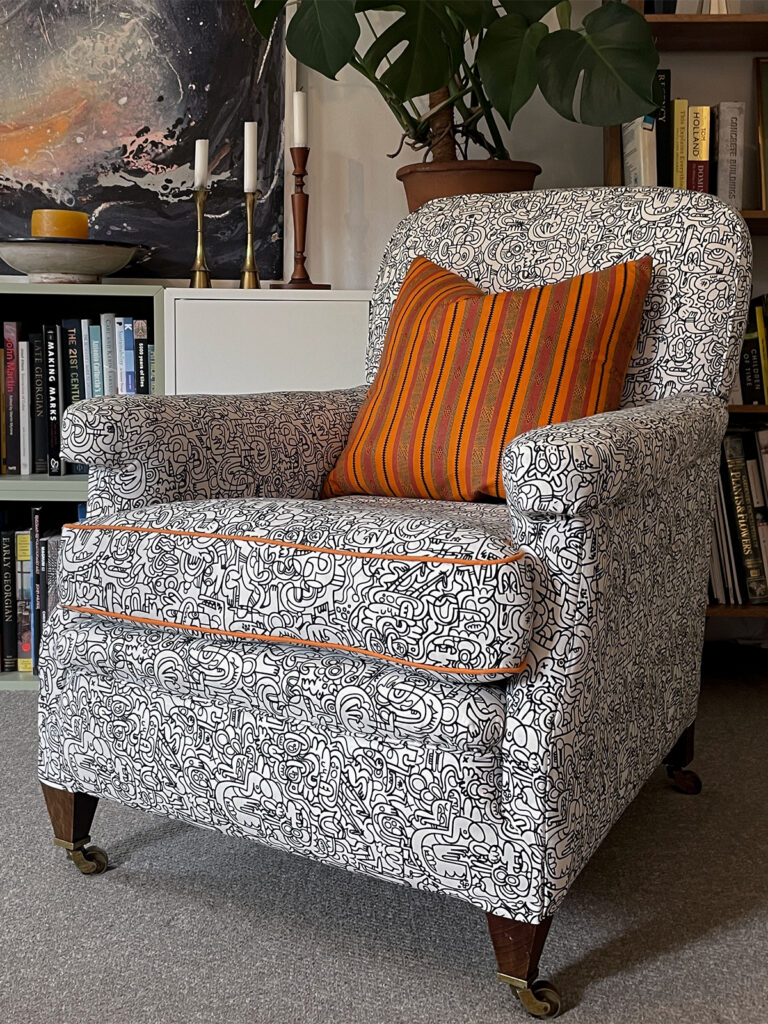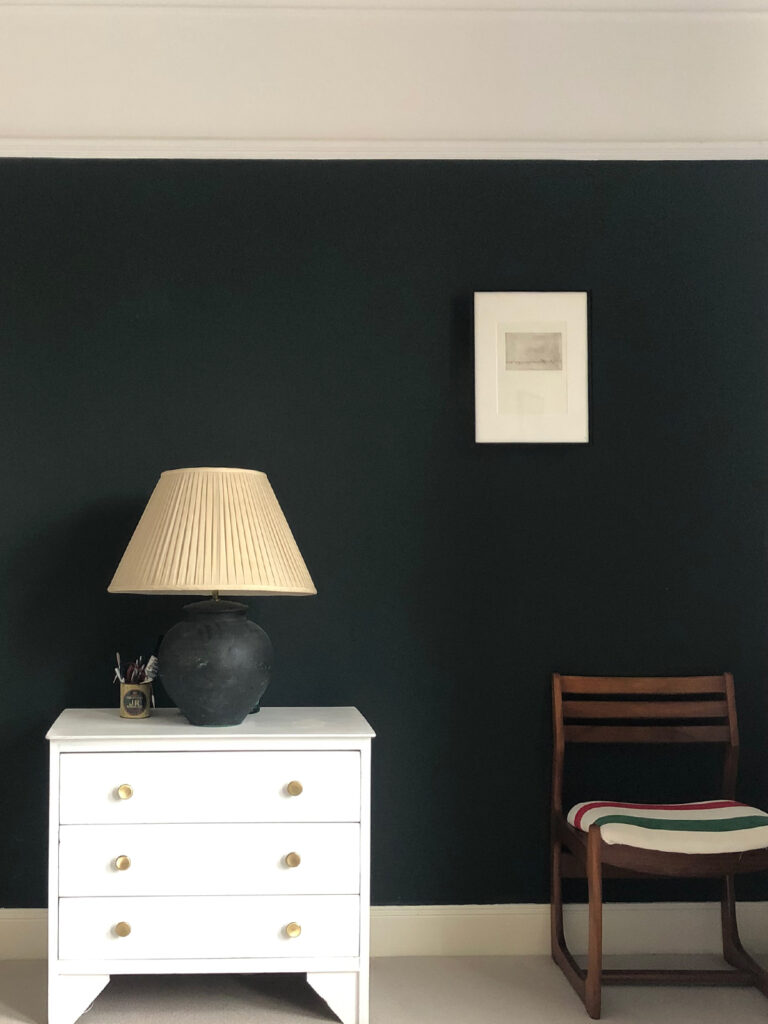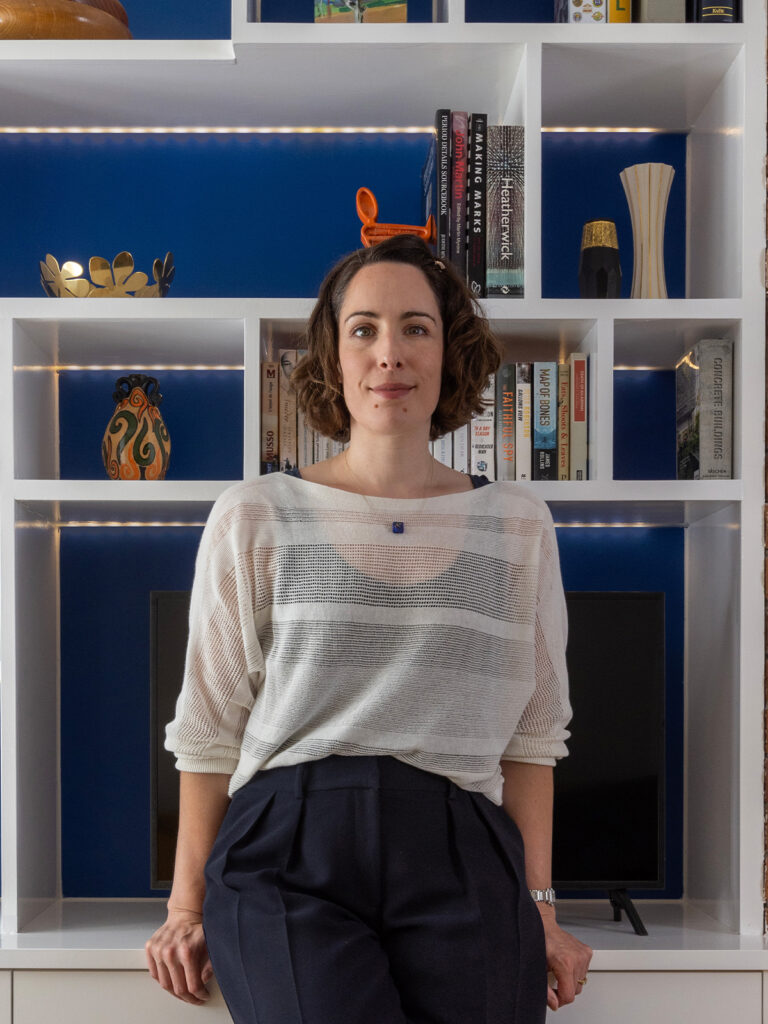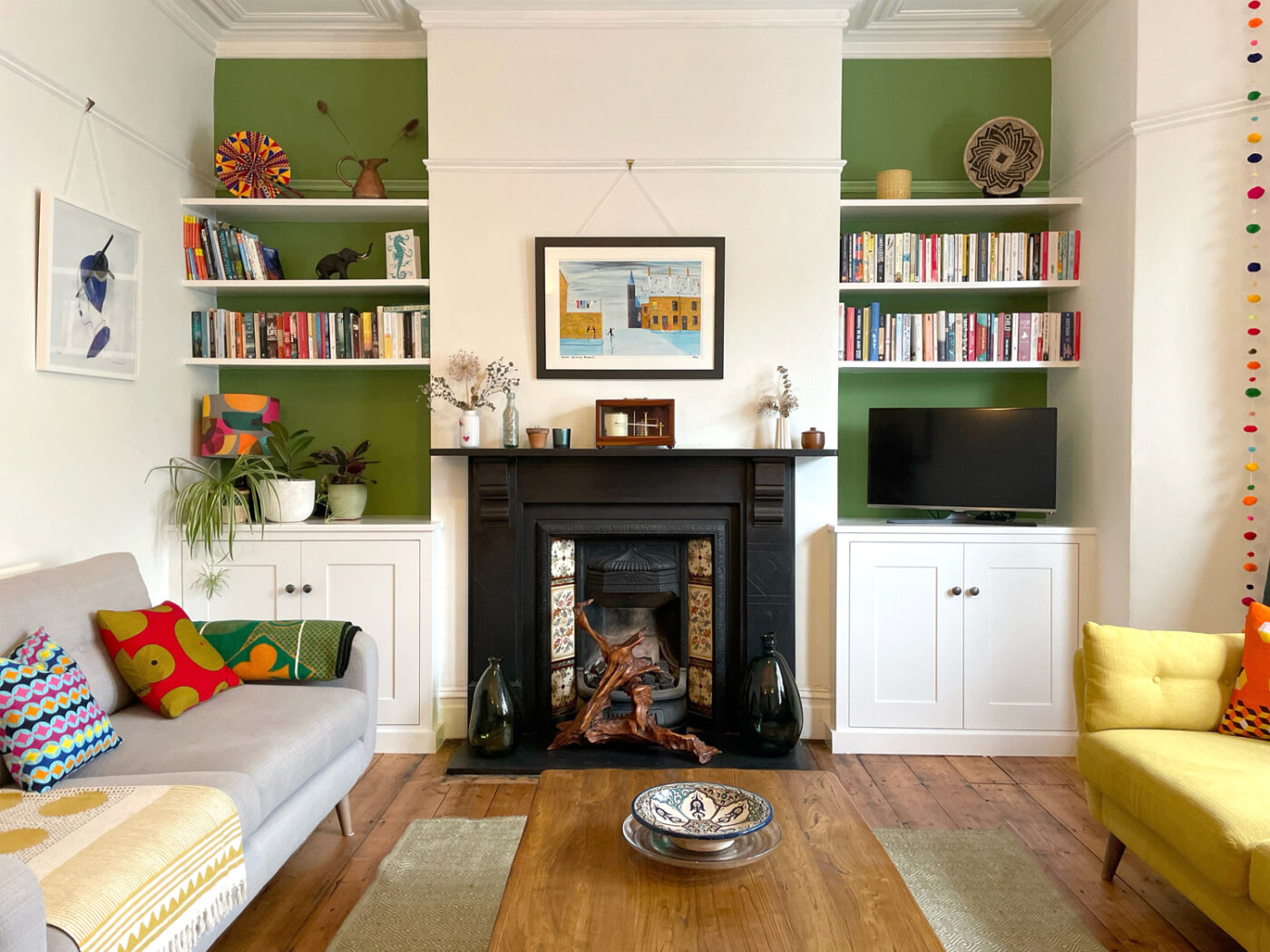Bristol-based interior designer Gemma Wright shares her top tips on making eco-friendly choices and creating a greener home…
With so many things to consider when renovating your home, sustainability doesn’t always factor high on people’s list of priorities. Construction and interiors still remain an overlooked area; 59% of the UK’s annual waste is generated by the construction industry, including interior fixtures and fittings. While some materials can be recycled or reused, much of the rest ends up in landfill.
However, as more people look to make better choices for both people and planet, these statistics are slowly being rectified and sustainable design is here to stay. Keeping it in mind can help you build the home you want – and draw in a more attractive price tag. It is possible to get a great design outcome by making greener choices – here are a few things to keep in mind…
Think long-term
On average, owner-occupiers in England live in their property for 17.6 years; a long time. Thinking long-term is inherently sustainable; if the look and feel of a room work for you and are truly based on your needs, you’ll continue to love it and won’t want to make changes.
Practicality is key. Thinking about how rooms will be used and how your needs might change helps. Ensure there is space to share time together and retreat if needed. Consider things like layout, flow, making sure furniture choices fit and allow movement, storage solutions and display space for your things.


Take your time
Take inspiration from the slow fashion movement; it’s about making considered and thoughtful choices that will outlast trends. Do use trends as a source of inspiration, but think about how you can personalise them so you’ll love them for years to come. Think about your favourite colour schemes and themes to create something that feels personal to you. Ask yourself questions like: what colours are in my wardrobe? Where do I like going on holiday? Is there a piece of art that I love?
Employing an interior designer can help enhance your ideas and get the practicalities right. Alternatively, you can borrow some trade tricks – use mood boards so you can see furniture and colours together to make sure they work, draw a scale model of your room and check measurements between items to make sure they fit. Mood boards also help visualise whether your chosen pieces will complement each other.
Buy better
If you’re going to buy brand new, invest in high-quality pieces that will last for years to come. A growing number of brands are focused on developing products with regenerative materials and a commitment to sustainability. Incorporating antique or retro furnishings alongside new purchases is a great way to achieve a layered and lived-in feeling in your home as well as being a sustainable choice. What’s more, a piece of well-made furniture can be reconditioned and upholstered to suit different rooms and future designs. It’s worth noting that re-upholstery can cost the same as a new chair, but you’ll get a bespoke piece for the same price as something new. Plus you’ll be keeping that chair serviceable: a win! Courses are a great way of learning to do this for yourself and you can also learn to recover lampshades or cushions.
In other areas of the house, like the kitchen, when replacing it’s worth thinking about whether you could sell it second-hand or give it away for reuse. Re-using is a great solution for renters who might move more frequently and be worried about their furnishings fitting into a new place. A bit of imagination and elbow grease can produce some amazing results; Facebook marketplace and local auction houses can provide some bargains to start you off.

Consider materials
Many suppliers now produce materials using reclaimed and recycled products, particularly tiles, worktops and flooring. It’s helpful to keep in mind the disposal of the product as well as its creation – buying a recycled product is great but, if it will end up in the landfill in future, using it is only delaying the inevitable. Remember that stone, glass, concrete and wood can all be recycled, so these are a great starting point.
Paints are moving forward too – lots of brands shout about Volatile Organic Compounds (VOC’s) but their use has reduced to non-harmful levels across the board. Instead, look out for plastic-free, naturally occurring raw materials like linseed oils, recycled packaging, and ecological manufacturing credentials.
So there you have it; some simple ideas to make your renovation more sustainable that won’t break the bank. Start by making choices that are personal to you and that you’ll love for years to come. The rest will follow.
gemmawrightdesign.co.uk



